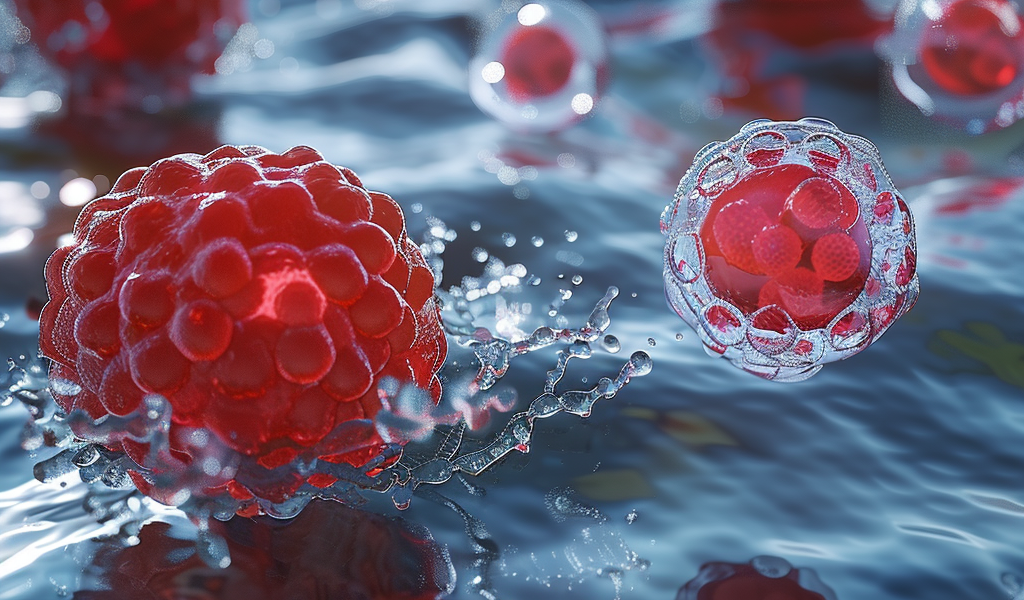As people age, they become more prone to blood clotting diseases, when blood cells called platelets clump together when they don’t need to and can cause major issues such as strokes and cardiovascular disease. For decades, scientists have studied why older people’s blood cells behave in this way, using their insights to develop the myriad of blood-thinning drugs now on the market for treating the leading cause of death in the United States.
Now, UC Santa Cruz Professor of Biomolecular Engineering Camilla Forsberg and her research group have discovered a distinct, secondary population of platelets that appears with aging and have hyperreactive behavior and unique molecular properties, which could make them easier to target with medication.
The researchers traced this population of platelets to its stem cell origins, finding what they identify as the first-ever-discovered age-specific development pathway from a stem cell to a distinct mature platelet cell.
“The question for decades and decades has been: why are aging people at such high risk for excessive blood clotting, stroke, and cardiovascular disease?” Forsberg said. “We have this discovery of a whole new pathway that progressively appears with aging—troublemakers! That was never part of the discussion.”
The research group present their findings in a paper published in Cell. First author Donna Poscablo, Forsberg’s former Ph.D. student who is now a postdoctoral scholar at Stanford University, and her peers carried out these experiments with the resources and training environment at the Institute for the Biology of Stem Cells (IBSC) at UC Santa Cruz.
Platelet cells are one of three types of blood cells produced by the body, with red and white blood cells being the other two. Millions of these cells float around in the blood at all times, and when an injury occurs either internally or externally, they clot together to form a natural, living bandaid.
Platelet dysregulation, which is known to increase with age, occurs when these cells are either hyperreactive and form clots too often, or are underperforming. In both cases the body can’t properly manage bleeding and clotting, although hyperreactivity is





